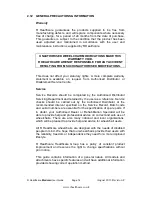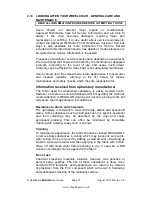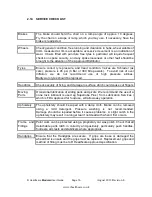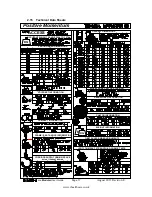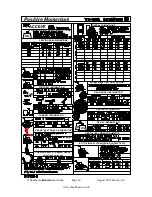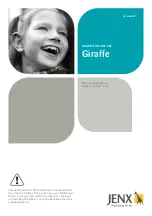
R Healthcare
Modular
User Guide
Page
25
August 2013 Revision E
www.rhealthcare.co.uk
2.7
STEPS & SLOPES
Where possible, the hazard of negotiating steps should be avoided.
Modern public buildings should provide permanent wheelchair ramps,
with a practical slope angle for safe access, loose ramps pushed
against a kerb are not recommended. Learning the geography of an
area is important.
A little journey planning can eliminate difficult manoeuvres. Many falls
and injuries to both occupant and helper can occur when
inexperienced people are carrying out this operation, and if users or
carers are concerned about a particular hazard which they must
regularly overcome, they should consult their local authority or
community services department.
There may still be occasions when steps must be negotiated.
see figs
7, 8 & 9.
In the event of the chair having detachable pushing handles, these
should be checked for security in the locked in position before
attempting this manoeuvre. Stabilisers may require removal if they
interfere with the chair balance angle on a flight of steps. This should
first be checked out with an unoccupied chair.
ENSURE THAT PUSH HANDLE LOCKS ARE ENGAGED BEFORE USE
Two attendants at least are required for this operation. The attendant
supporting the main load should grip the chair at the push handles, and
repeat the procedure as section 2.6 for getting down a kerb at each
step, the second attendant at the front will be required to guiding the
footrest area, and provide reassurance to the occupant.
A third
person could act as guide for the chair team if the steps are high.
Reverse this procedure for going up a flight of steps, with the attendant
supporting the main load at the push handles pulling, and the second
attendant at the front guiding the chair using the corner of each side
frame.
Specialist training for very experienced users to negotiate a flight of
stairs independently is available, but this is beyond the context of this
guide.
2.8
Seatbelts ( also posture belts )
The fitting of these should be considered in all circumstances where
the chair is used outdoors, over a sloping surface or kerbs. Belts
normally secure the occupant by means of a quick release buckle in
the centre. In cases where the seatbelt is part of the postural/ clinically
assessed needs, provision of a seatbelt will be covered by a clinical
assessment.
























